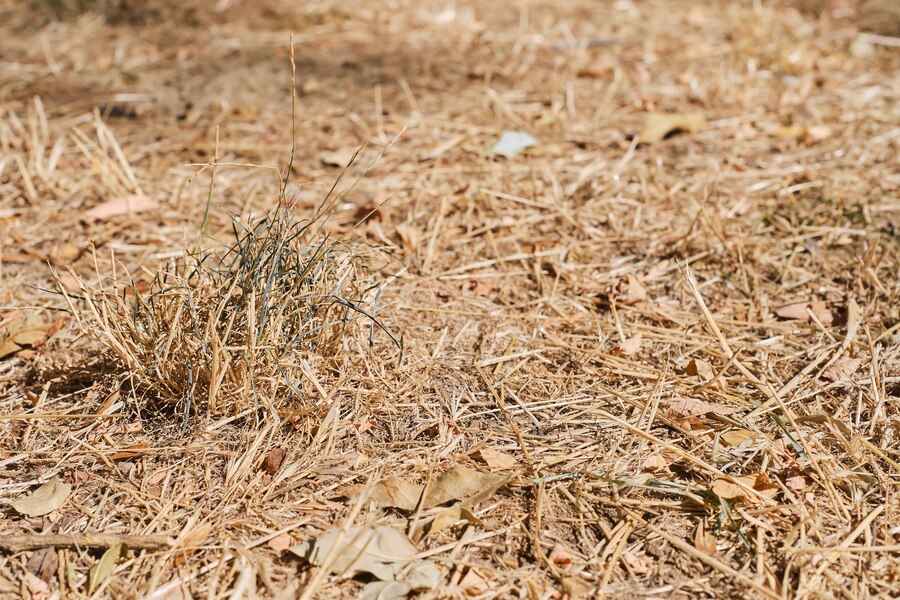When it comes to farming, there’s a straightforward yet incredibly impactful practice that can truly transform your farm: it’s known as mulching. Think of it as a cosy blanket for your soil that keeps it happy and your crops even happier.
In this blog, we will explore the wonderful world of mulching and see how it’s magic on your farm. We’ll keep it easy and fun, so you can learn how to harness “The Power of Your Farm” with mulching.
Let’s begin now!
What is Mulching
This is the practice of using mulch to safeguard and enhance the soil and the growing crops.
What is Mulch
Mulch is a protective covering, which can be organic or inorganic, spread over the soil’s surface. Its functions include preserving soil moisture, improving soil fertility and overall soil health.
This inhibits weed growth, and enhances the visual attractiveness of the fields. Mulching excels in fulfilling these roles.
When in need of mulch, a farmer should strive to select the best available option, even if it requires careful identification.
As suggested by numerous farmers across Europe, residue mulch serves as the most effective natural mulch. Common examples of natural mulch materials include straw, stems, stalks, leaves, and husks.
Mulching with Kelly Tillage
The Kelly Tillage Disc Chains are designed to enhance the process of mulching by efficiently breaking down mulch residue.
They achieve this by splitting and smashing the mulch material, primarily focusing on the internodes, which are the sections between stem joints in plants.
This process serves several important purposes:
Accelerating Decomposition
When the Kelly Disc breaks the mulch at the internodes, it exposes the inner parts of the mulch residue to moisture and beneficial microbes in the soil. This exposure helps speed up the natural decomposition of the mulch material.
Microbes require access to the inner layers of the mulch to break it down effectively, and this is precisely what the disc chains facilitate.
Even Residue Distribution
The alternating layout of the disc chains ensures that the residue from the mulch is evenly spread across the soil surface. This even distribution is important because it helps maintain a consistent protective layer of mulch over the soil.
This layer protects against soil erosion and helps retain moisture in the soil, which is essential for crop growth.
Minimal Soil Disturbance
Our discs with chains are designed to operate at a relatively shallow depth, typically working only 3-5 centimetres deep into the soil. This shallow operation ensures that they do not disrupt the underlying soil structure.
By avoiding major soil disturbance, the chains preserve the health of the soil, preventing damage to the beneficial microorganisms, organic matter, and soil structure that are important for healthy plant growth.
Mulching with Kelly Model 2006
Excited to learn how Model 2006 outperforms in mulch incorporation? Keep reading for the full scoop!
Adjustable Chain Height
The ability to adjust the chain height on the front and rear wings allows for better control when incorporating residue mulch. Higher chain settings can help create space for mulch layers.
Advanced Aluminum Hydraulic Hose Grips
These provide durable connections, ensuring that hydraulic systems for mulch-spreading attachments remain secure and efficient.
Hydraulic Chain Tensioning
This feature ensures that the mulch-spreading mechanism remains tightly tensioned, preventing jams and ensuring even distribution.
Matching Wing and Centerframe Wheels
Stability is crucial when mulching. Matching wheels provide better weight distribution and minimise soil compaction, making it easier to work with while applying mulch.
Floating Wings
The ability of the harrow’s wings to follow soil contours is advantageous for mulching, as it helps ensure consistent mulch coverage even on undulating terrain.
Let’s explore the importance of mulching for your farm.
Mulching: Say Goodbye to Weeds
Mulch functions as a guardian, shielding the fields against weed seeds, denying them the light they seek to awaken.
Simultaneously, it cultivates a nurturing environment for friendly microorganisms, engaging in a battle for essential resources, thus putting the brakes on the weed’s ambitions.
Mulching Magic Against Crop Diseases
Mulching crops can reduce the risk of diseases by creating a protective barrier between the soil and the plants.
This barrier helps to prevent soil-borne pathogens from splashing onto the crops when it rains or during irrigation.
Mulch Keeps Soil Temperature Just Right
Putting a layer of mulch on the soil is like giving it natural temperature control. In hot weather, mulch keeps the soil cool and stops it from drying out. It’s like a protective umbrella for the soil.
In cold weather, it acts like a cosy blanket, keeping the soil warm and preventing it from freezing too quickly. This helps crops grow better.
Mulching Armour Against Erosion
Like a shield that protects a warrior from enemy attacks, mulch acts as a protective barrier for the soil.
It’s as if it creates a strong fortress that shields the soil from the impact of raindrops and flowing water. This reduces the force of the water, making it less capable of carrying away soil particles.
Mulching: Guarding Soil Moisture
Mulch works like a sponge, absorbing and holding onto moisture in the soil. Think of it as a sponge that soaks up water, preventing surface runoff.
When the soil stays moist, it’s as if it becomes a tightly knit web, making it difficult for wind or water to carry it away.
Final Words
In conclusion, mulching is not just a simple farming technique; it’s the power that can transform your farm. So, what are you waiting for, farmers? Begin mulching today with Kelly Tillage.


